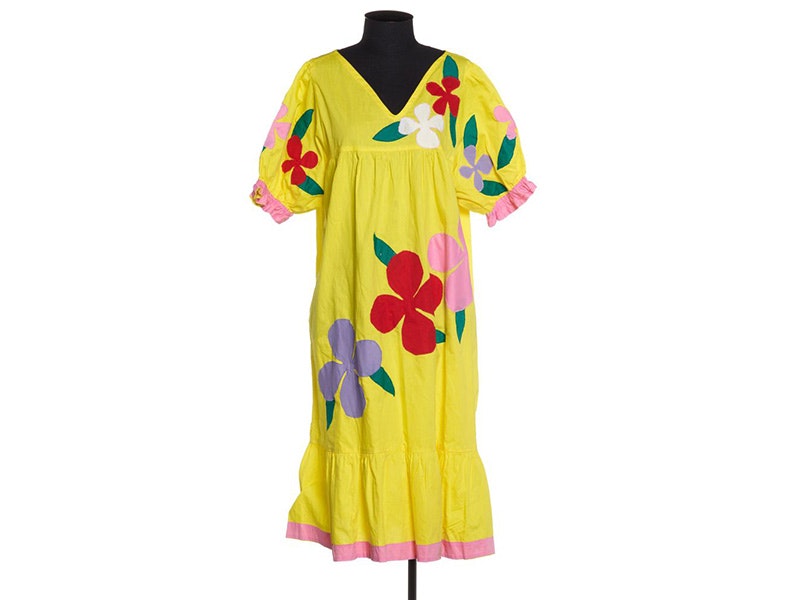
Mu‘umu‘u styles from a Cook Islands mama
Pacific Cultures curator Safua Akeli talks about the mu‘umu‘u (dress) worn in the Cook Islands and those acquired by the Pacific Cultures collection in 2009 from Tepaeru Tereora.
Free museum entry for New Zealanders and people living in New Zealand
Open every day 10am-6pm
(except Christmas Day)
Free museum entry for New Zealanders and people living in New Zealand
The Cook Islands consist of 15 islands ranging from coral atolls to volcanic islands, with only 12 inhabited, and the official languages are English and Cook Islands Māori, with several dialects. There are around 14,800 residents across the islands, with a significant population living in Aotearoa New Zealand, maintaining strong ties with the Cook Islands. The Cook Islands and Niue are self-governing while in free association with Aotearoa New Zealand.
Explore Te Papa’s Cook Island collections and stories from the community.

Pacific Cultures curator Safua Akeli talks about the mu‘umu‘u (dress) worn in the Cook Islands and those acquired by the Pacific Cultures collection in 2009 from Tepaeru Tereora.
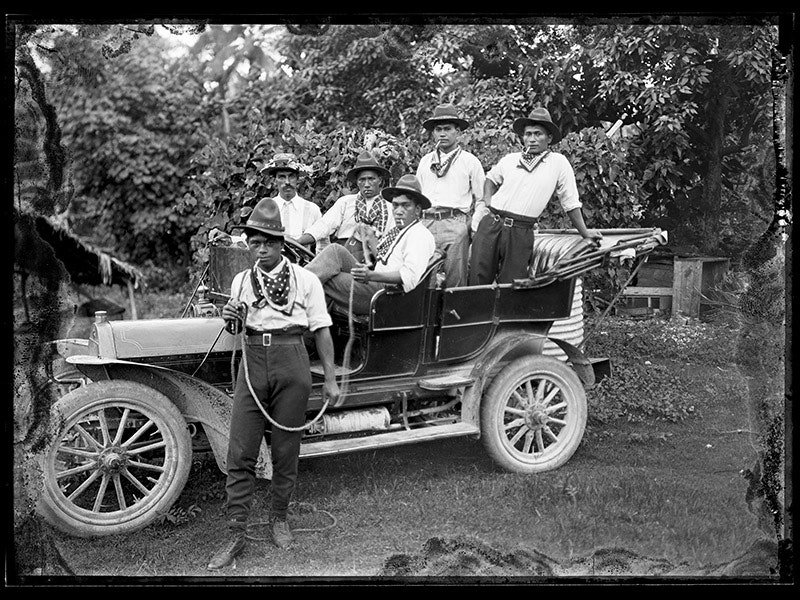
Was the ‘Cook Islands Cowboy’ merely a case of photographic staging or was there more to these island outlaws?

From Tīvaevae quilts to the finely carved ceremonial adze – explore our Cook Island collections and stories.
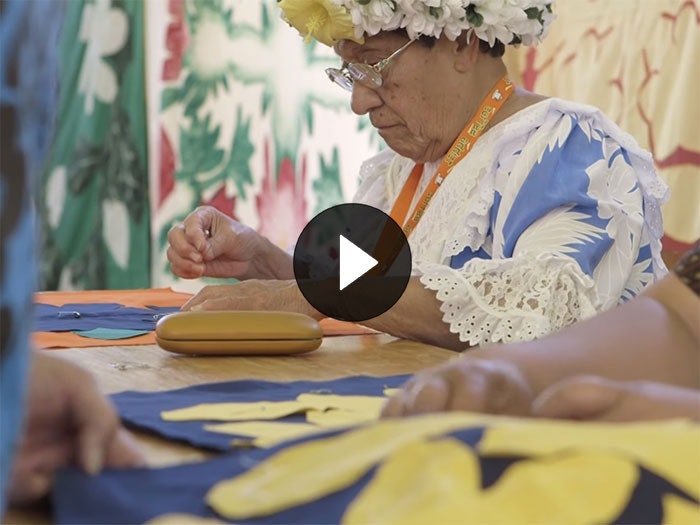
Discover the art of tīvaevae (quilting) with Cook Islands women from the Wellington region.
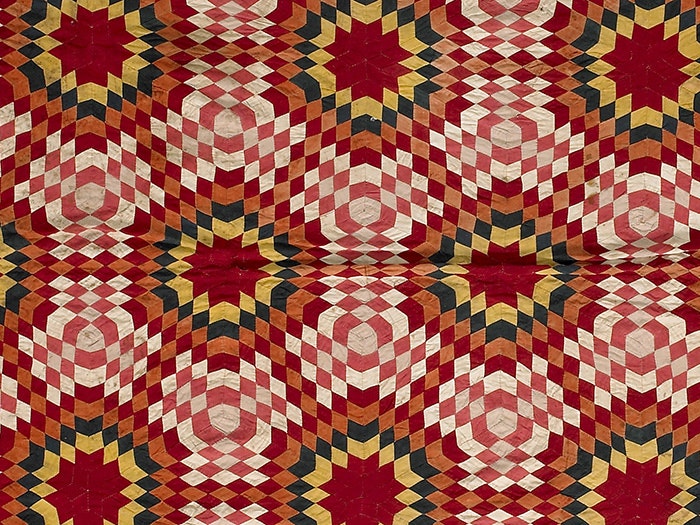
Find out more about treasured quilts made by women in the Cook Islands.
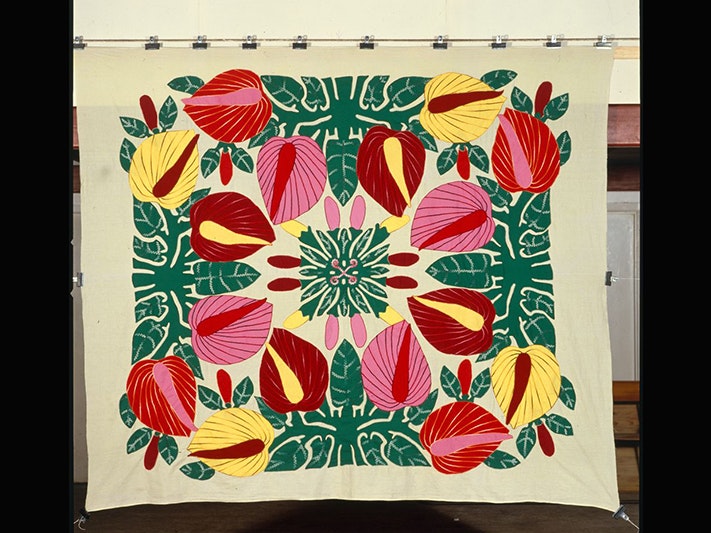
Tivaevae tataura, anthuriums pattern, by Norma Iro, photo by John Daley; photographer; about 1992; Cook Islands. Gift of John Daley, 2012. Te Papa (F.012398)
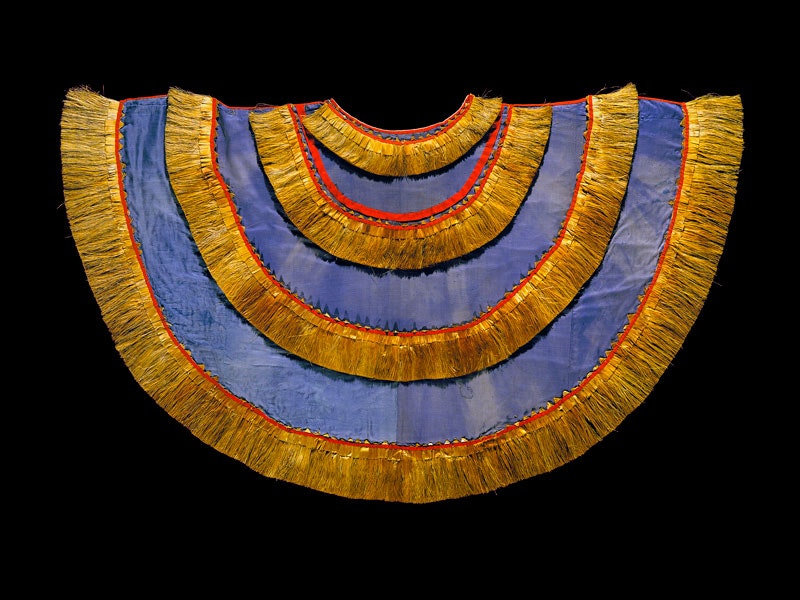
Lifting the cloak of silence: redramatising clothing as material culture, through an object analysis of Te Aia‘s cloak talks about how many museum collections contain historical items that have little remaining to link them to their original context, like the nineteenth-century blue wool cloak of Te Aia Matai‘apo from the Cook Islands.
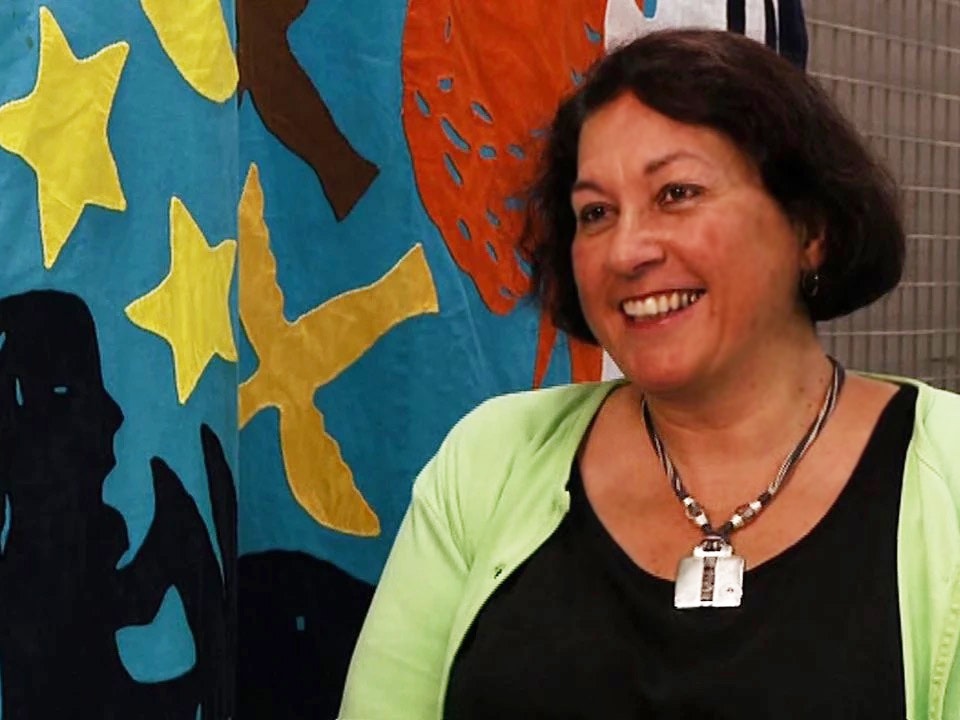
In the Cook Islands, quilts are not just used for keeping warm in bed. Tīvaevae play an important role in the narrative tradition of Pacific culture – Watch Collection Manager Grace Sutton talk about two of these beautiful quilts in Te Papa’s collection
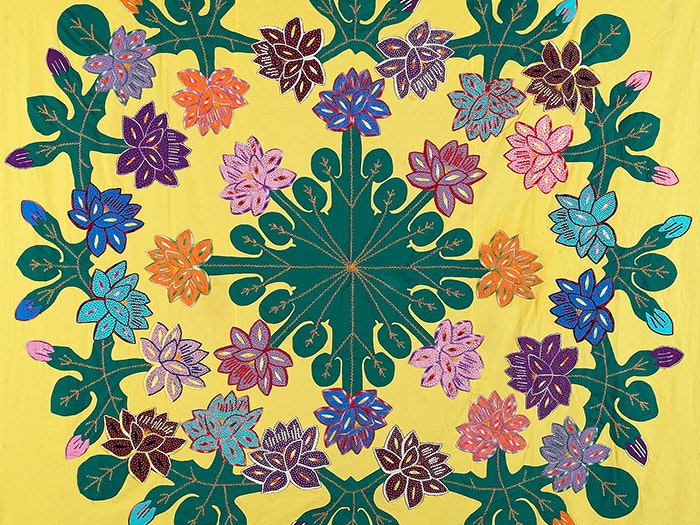
Early childhood, Primary, Secondary
Learn Cook Islands Māori words, phrases, and pronunciation, and explore aspects of Cook Islands Māori culture.
Education resource
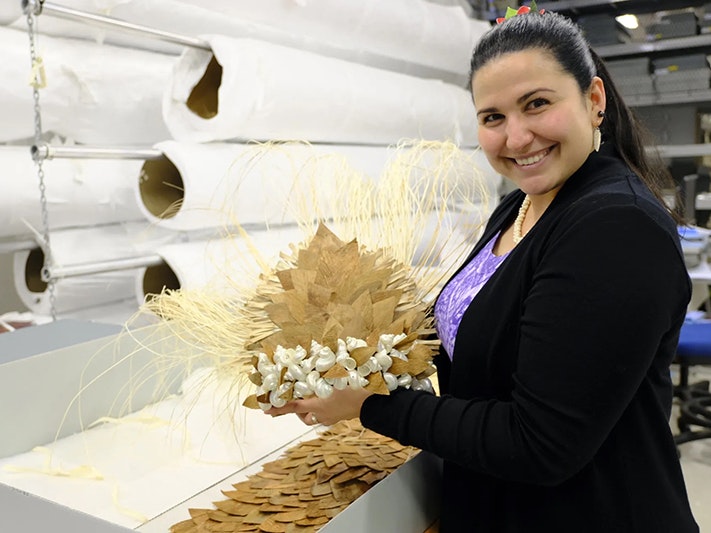
Curator Pacific Cultures Rachel Yates has a taratara with current staff member Kate Ngatokorua about her experiences as Miss Cook Islands.
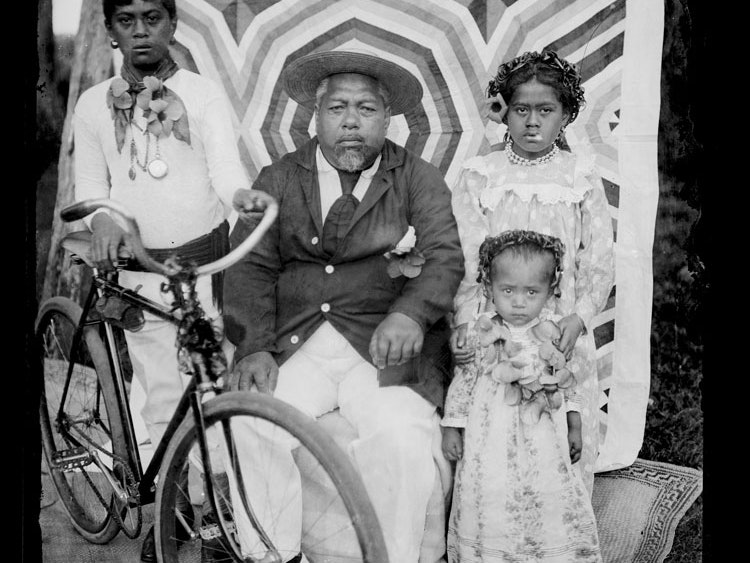
In the late nineteenth and early twentieth centuries George Crummer built up a business taking pictures of Cook Islanders and general scene photographs in Rarotonga, Aituaki, and Mangaia.
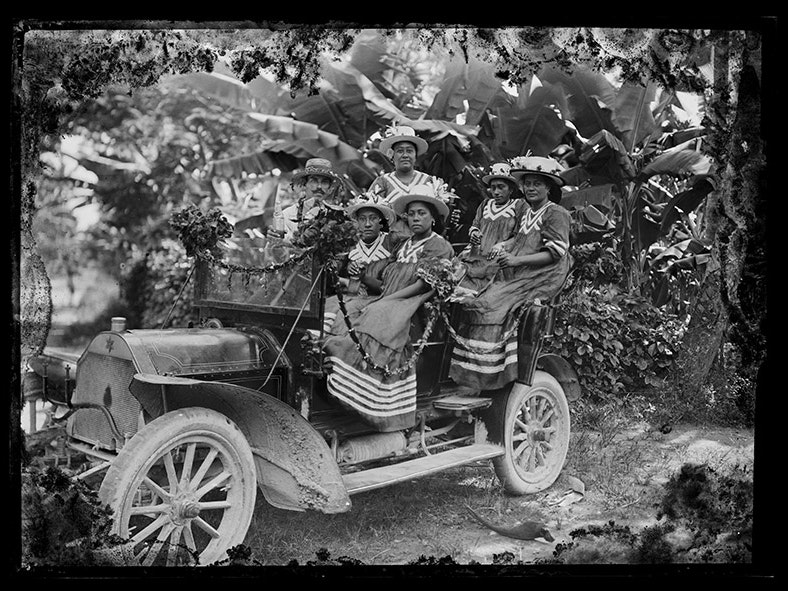
Te Papa has over 240 items from George Robson Crummer including 227 black and white negatives some of which are badly deteriorated. Other than his captions and a few dates we have little information about the images. Curator Nina Tonga looked inside the frame for clues that might help us understand the histories captured within them.
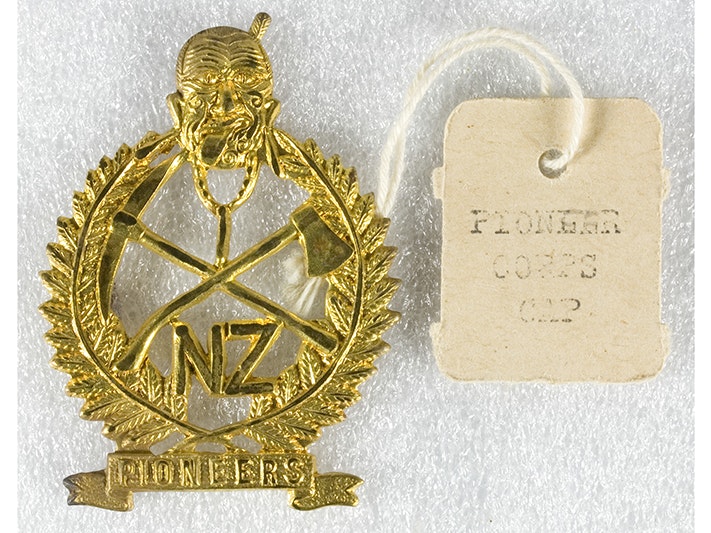
New Zealand recruited men from its colonies and the wider Pacific to fight in both world wars. In the First World War, men from the Cook Islands and Niue enlisted in the New Zealand (Maori) Pioneer Battalion. They were joined by recruits from Tahiti, Fiji, Samoa, Tonga, and the Gilbert and Ellice Islands (Kiribati and Tuvalu).

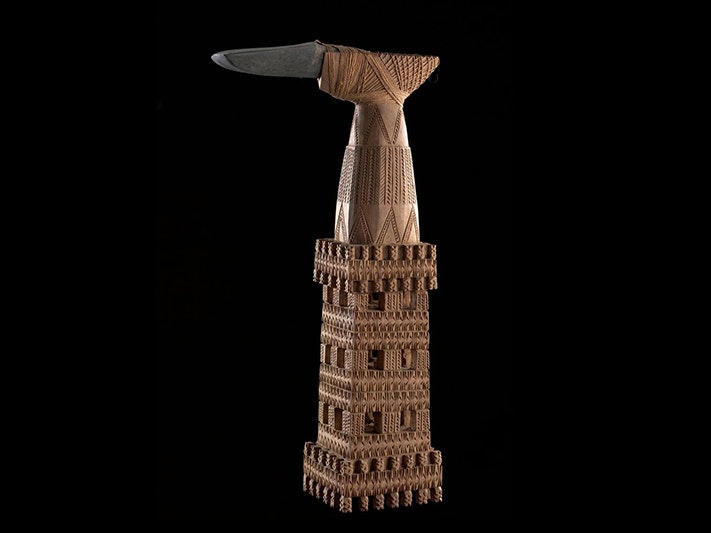
Adzes with finely decorated shafts and intricate lashings, from the island of Mangaia in the Southern Cook Islands, are distinct to those found anywhere else in the Pacific. They were made in several styles and pedestal adzes, known as ruatangaeo, such as this one are said to be descended from or related to carved deities.
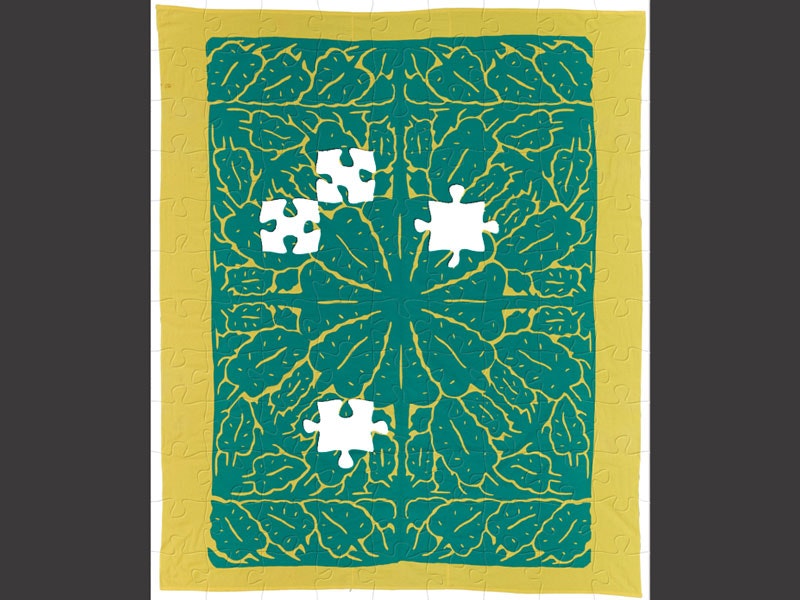
Tīvaevae manu (quilt) and matching pillow cases, about 1980s, maker unknown, Cook Islands. Purchased 1995 with New Zealand Lottery Grants Board funds. Te Papa (FE010471)
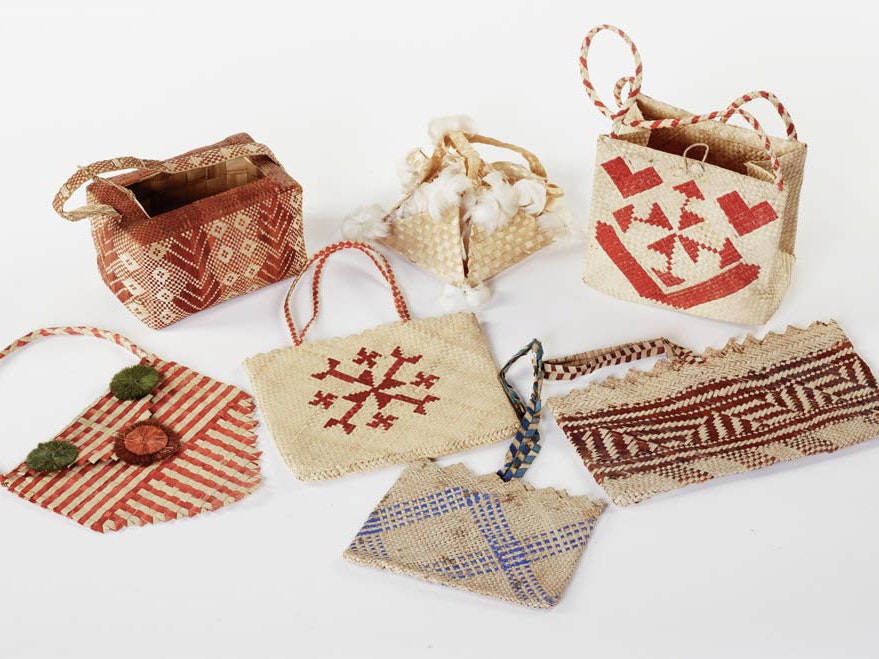
Taonga (treasures) from the Cook Islands have been collected since the Te Papa’s predecessor, the Colonial Museum, opened in 1865. This Tuhinga article provides historical overviews of the Cook Islands collection, discusses its strengths and weaknesses, reviews some factors influencing its growth, and considers the possibilities for future collection development.
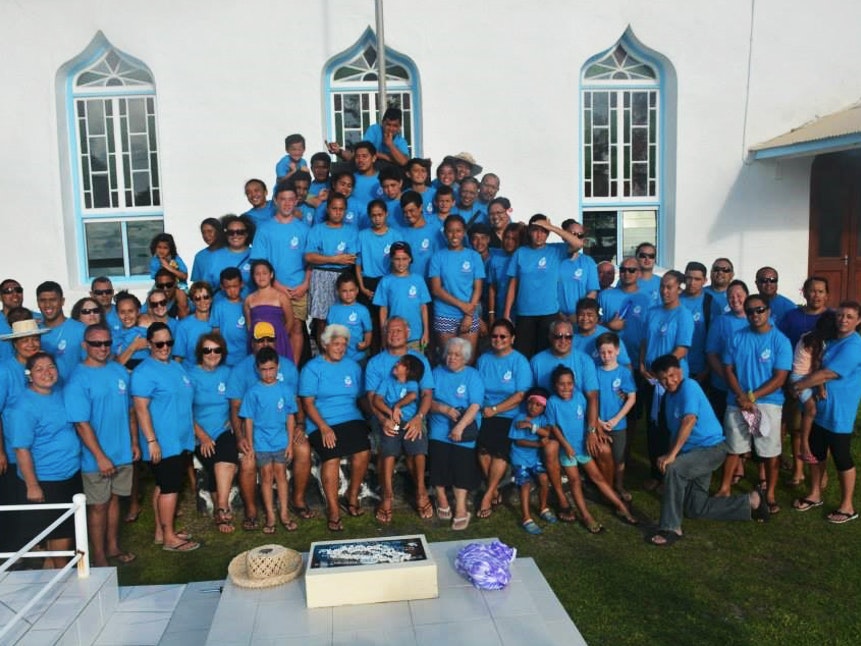
Applied arts lecturer Tuaine-Nurse Robati discusses the meanings of the words Cook Islanders use to talk about immediate family and the wider extended family.
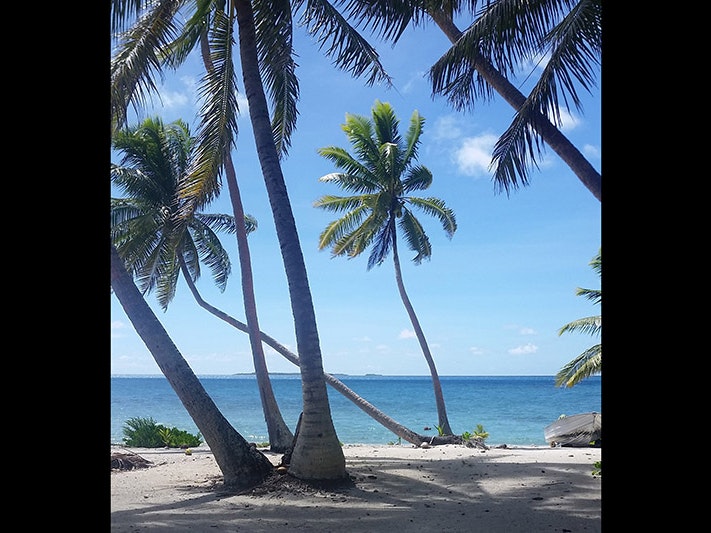
The theme for Cook Islands Language Week 2020 was Kia pūāvai tō tātou reo Māori Kūki ‘Āirani i Aotearoa, That the Cook Islands Māori language may blossom throughout New Zealand. Kaitiaki Taonga Collection Manager Humanities Grace Hutton looks at some of the history of the names and languages of the different islands that make up the Cook Islands archipelago.
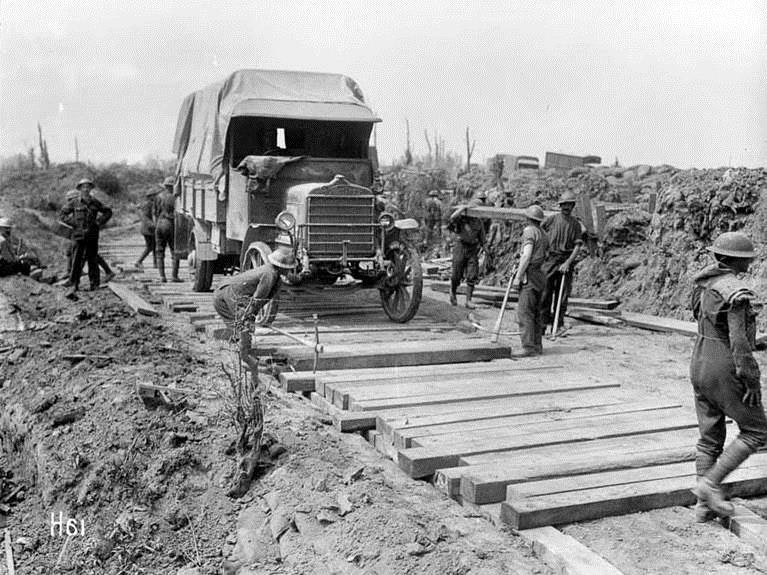
2015 marked the 100th anniversary of the first Cook Islands Soldiers to enlist in the New Zealand Expeditionary Force (NZEF). This blog is dedicated to one of the more than 450 Cook Islanders who enlisted in WW1 and one of the earliest Cook Island soldiers killed in action far from his Ipukaraea, his homeland, Battalion Bomber Private Kiro Luke Adam.
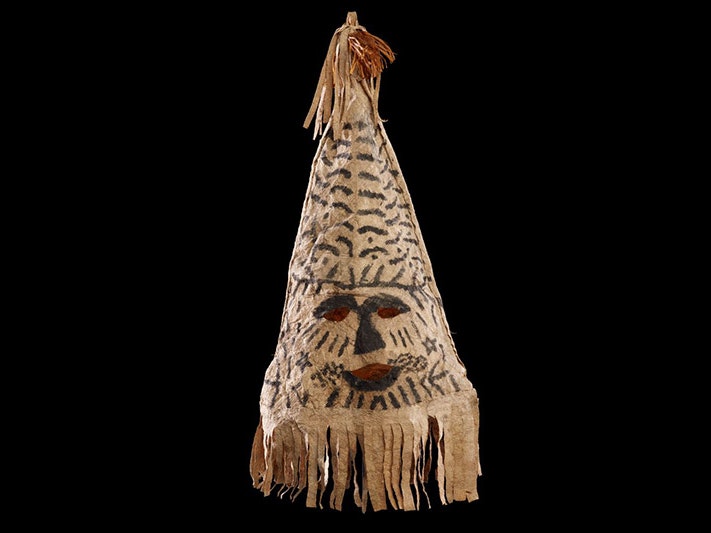
In pre-European times, Cook Islanders used tapa to wrap ceremonial objects such as staff gods (wooden staffs carved with figures) that came mostly from the island of Rarotonga.
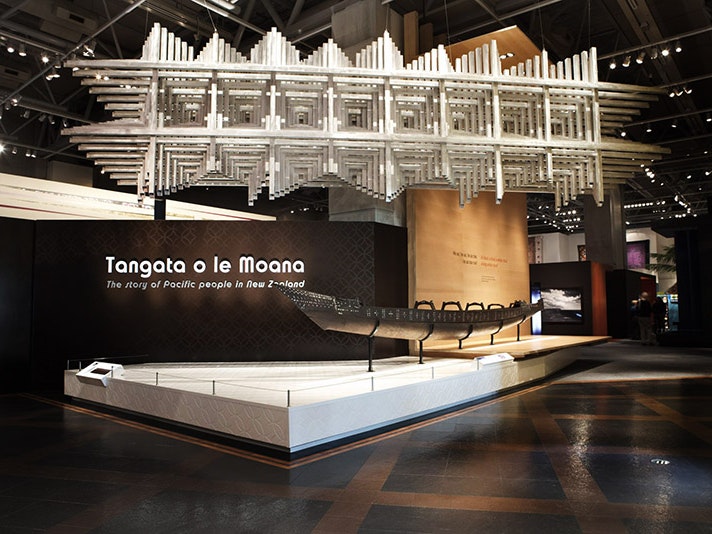
One of the treasures we look after is a canoe that appears at the entrance of the exhibition Tangata o le Moana: the story of Pacific people and New Zealand on level four. This vaka (outrigger canoe) is from Manihiki in the northern Cook Islands and is one of only three such vaka that survive in museums worldwide. It is called Tauhunu after the main village on Manihiki.
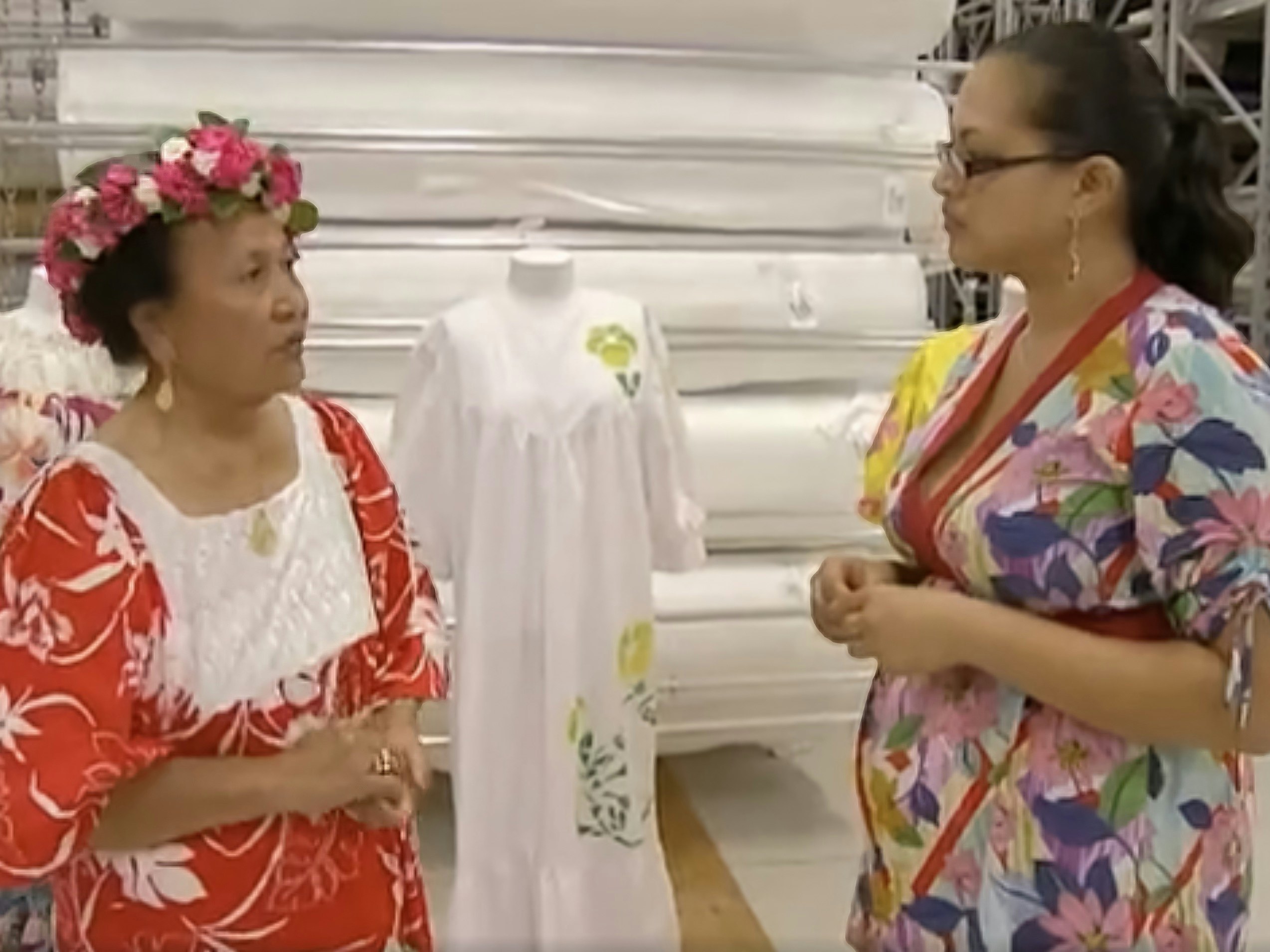
Fashions reflect more than passing fads. For many Pacific women, the clothes they wear can have a special significance. Riria Hotere learns about the dresses worn by a woman who has played an important role in supporting Pacific cultures in Aotearoa New Zealand